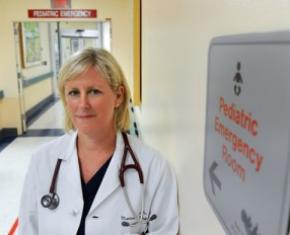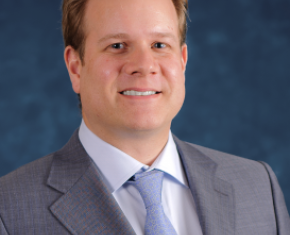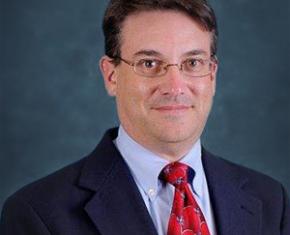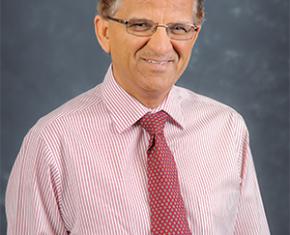Pediatric emergency care coordinators in the nation’s emergency departments are strongly linked with improved readiness to care for children, according to a new study in . Nearly 50 percent of the nation’s emergency departments have a physician or nurse dedicated to address staff training, equipment availability and policies for the care of children—a three-fold increase since 2003. This is an important finding because the presence of a pediatric emergency care coordinator is strongly correlated with improved pediatric readiness, independent of other factors.
Actor’s Daughter Seeking Expertise for Video to Help COPD Patients
LA BioMed Researcher Co-authors “Practical Strategies for Clinical Management of Bullying”
LOS ANGELES – “Practical Strategies for Clinical Management of Bullying,” a new book co-authored by Rashmi Shetgiri, MD, a Los Angeles Biomedical Research Institute (LA BioMed) lead researcher, provides the latest findings about bullying and workable approaches for combating this social epidemic.
ATS Foundation and Breathe California Award Grant to Harry Rossiter, PhD
LOS ANGELES – April 1, 2015 –The ATS Foundation and Breathe California of Los Angeles have awarded $80,000 to Harry Rossiter, PhD, a lead researcher at the Los Angeles Biomedical Research Institute (LA BioMed), to study the effectiveness of pulmonary rehabilitation in reducing chronic obstructive pulmonary disease (COPD) symptoms in an underserved population in Los Angeles.
NEJM Study is First to Compare Medications Prescribed for Cellulitis
LOS ANGELES – (March 18, 2015) – Two antibiotics frequently prescribed to treat serious skin infections – clindamycin and trimethoprim sulfamethoxazole (TMP-SMX) – had similar rates of nejm-logo1success in curing uncomplicated infections in outpatients, according to a study published today in the New England Journal of Medicine.
Study Identifies Protein Modification Needed to Treat Deadly Inherited Disorder
LOS ANGELES – (March 16, 2015) – IBMPFD is a rare and deadly genetic disorder that has devastated entire families, robbing many of their members of their ability to talk, walk and think clearly.
Study is first to Reverse Lung Damage Caused by Prenatal Nicotine Exposure.
LOS ANGELES – (Feb. 17, 2015) – A new study from Los Angeles Biomedical Research Institute (LA BioMed) holds hope for reversing asthma caused by smoking during pregnancy.
The study, published online by the American Journal of Physiology - Lung Cellular and Molecular Physiology, reported that a medication that stimulates certain proteins in the body reversed airway damage in disease models of asthma caused by prenatal exposure to nicotine.
Are COPD symptoms keeping you from enjoying simple daily activities?
If shortness of breath, severe coughing or wheezing is keeping you from living life to its fullest, here’s some good news: You may qualify for a study that is designed to evaluate the safety and effectiveness of an investigational device that could help you breathe easier. Is this study right for you?
Dr. Christina Wang Receives Mayo H. Soley Award
LOS ANGELES – (Feb. 5, 2015) – Christina Wang, MD, Los Angeles Biomedical Research Institute (LA BioMed) lead researcher, has received a top honor for her outstanding research work, the Mayo H. Soley Award, at the 2015 Western Regional Meetings of five top research societies in the West.
Selected as the Nation’s and the Region’s Best Doctors
LOS ANGELES – (Jan. 21, 2015) – Los Angeles Biomedical Research Institute’s (LA BioMed’s) physician-researchers continue to rate among the nation’s and the region’s best doctors, with 43 of them listed among Southern California Super Doctors for 2015 or set to be listed among America’s Top Doctors when it issues its 2015 publication later this year.










